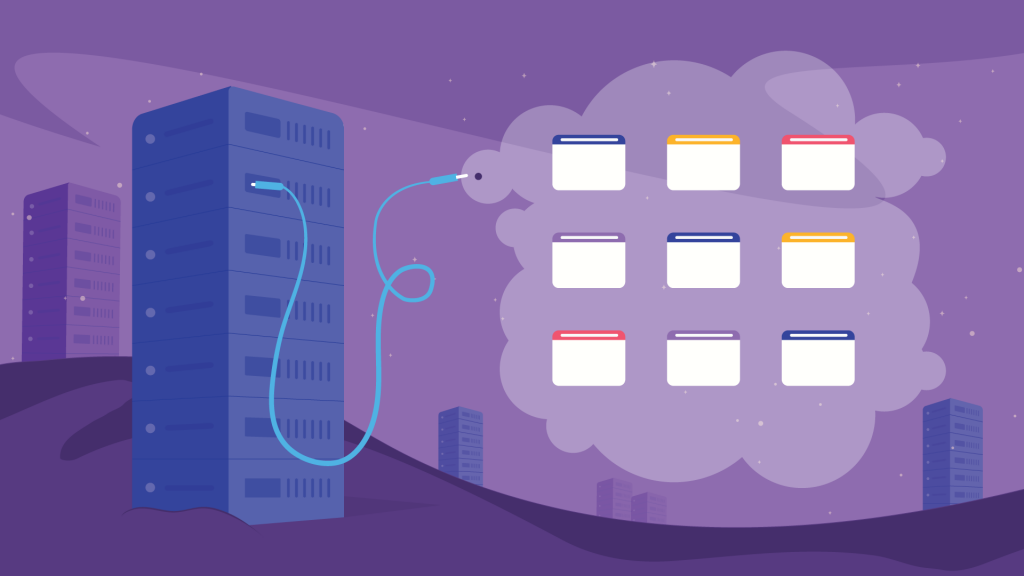
Want to engage web users and enhance the visual appeal of your website? Nowadays, visuals are everything. So, the best way you can improve the visuals of your website to achieve the desired result is by efficient ways to host images on your website.
However, efficiently hosting images can be challenging for many web developers and digital marketers. And if you are a newbie, this meager task would seem even more difficult.
However, fret not! You are at the right place. This guide will help you understand how to host images on your website effectively, ensuring optimal performance and improved SEO.
Why Efficient Image Hosting Matters?

You must be wondering, Why efficient image hosting matters, anyway?
First, it speeds up loading times, keeping visitors happy and engaged. Second, it boosts your SEO, making your site easier to find on search engines. Finally, it reduces server strain and saves on bandwidth. Keep your site fast, visible, and efficient with smart image hosting!
Understanding Image Hosting

For the newbies that are still having a problem in grasping the actual idea of image hosting, image hosting refers to uploading and storing images on a server for use on your website.
There are various ways you can host images, including using your web server, third-party hosting services, or content delivery networks (CDNs). Each method has its pros and cons.
Tips and Tricks to Efficiently Host Images on Your Website

Want to unlock the secrets of efficient image hosting? Check out these quick tips to supercharge your website’s performance and visuals!
1. Choosing the Right Image Format
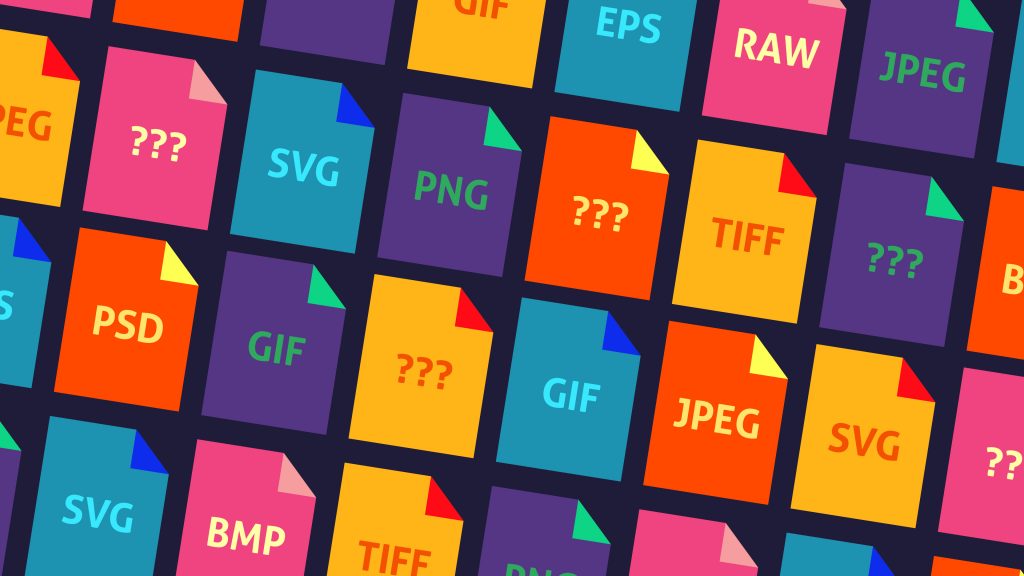
Whatever format you choose has a great impact on how the visuals of your website turn out. So, choose wisely.
Furthermore, selecting the appropriate image format is essential for efficient hosting. Common formats include JPEG, PNG, and WebP. JPEG is ideal for photographs due to its compression capabilities, while PNG is better for images requiring transparency. WebP offers superior compression and quality but may not be supported by all browsers.
So based on your requirements and preferences, choose the format that suits you the best.
2. Compressing Images for Faster Loading

If you are also tired of the slow loading speed of the images, we all are in the same boat. It can get frustrating and give a negative impression of your website, especially if the users are in a hurry. However, we have a solution for this, too.
Compressing images is one of the most effective ways to reduce their file size without compromising quality. Tools like TinyPNG, JPEG-Optimizer, and Google’s Squoosh can significantly reduce image sizes. Smaller images load faster, improving the overall user experience and SEO.
3. Utilizing Content Delivery Networks (CDNs)
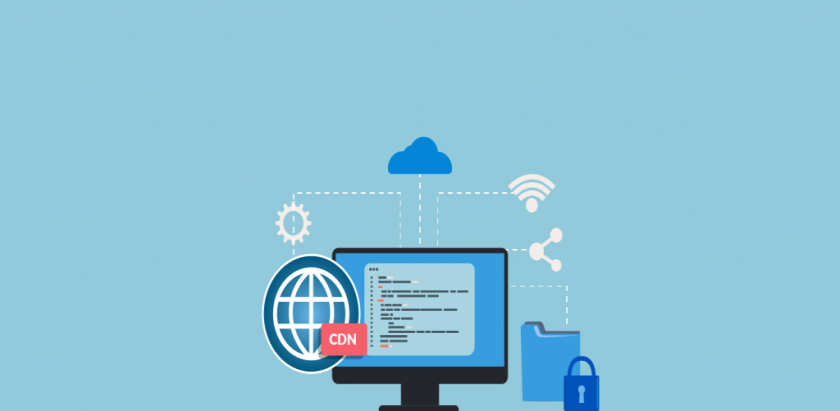
If you want to elevate your website’s performance, you might want to consider a CDN.
A CDN supercharges your images by spreading them across global servers, guaranteeing lightning-fast load times no matter where your users are. Services like Cloudflare, Amazon CloudFront, and Google Cloud CDN make your site snappy and efficient. Plus, CDNs enhance security and reliability, giving your users a seamless experience while easing the strain on your server.
4. Using Image Hosting Services

For the users that don’t want to put in any extra effort and want to get done with the image hosting process as soon as possible, third-party image hosting services are going to be your best friend.
Third-party image hosting services like ImageCoast, Imgur, Flickr, and SmugMug provide reliable storage and easy integration options. These platforms often offer additional features such as image galleries, editing tools, and social sharing capabilities.
5. Best Practices for Naming Image Files
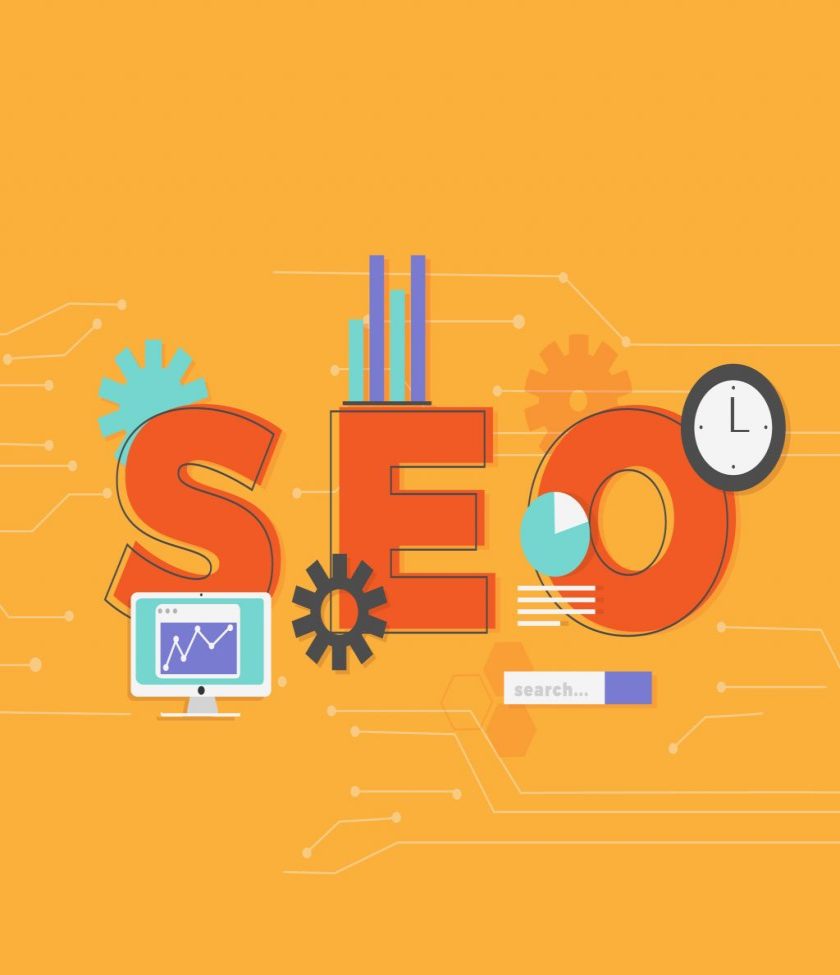
Properly naming your image files can positively impact your website’s SEO. Use descriptive and relevant keywords separated by hyphens. Avoid using generic names like “image1.jpg” and instead opt for something like “blue-mountain-sunset.jpg.”
6. Optimizing Image Alt Text
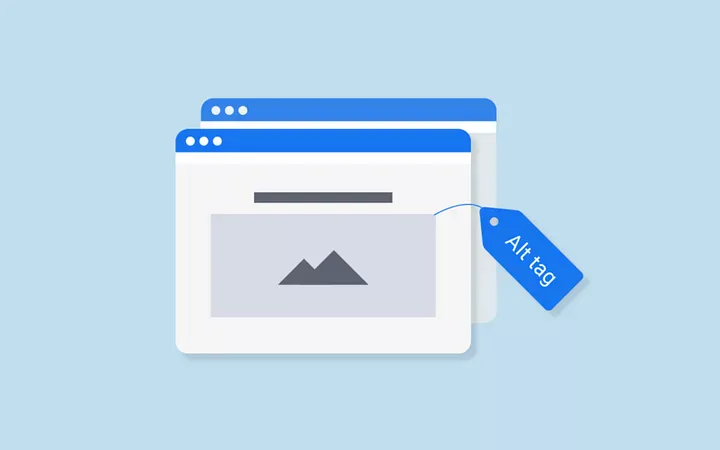
Though ignored by most people, Alt text is essential for accessibility and SEO. It provides a textual description of the image, which screen readers use to describe the image to visually impaired users. Including relevant keywords in the alt text can also improve your search engine rankings.
Unlock the Potential of Your Website with ImageCoast
Efficient image hosting is a critical aspect of website performance and SEO optimization. For expert guidance and additional tips, consider reaching out to ImageCoast to unlock the potential of your website with efficient images and watch your user engagement and search rankings soar.
